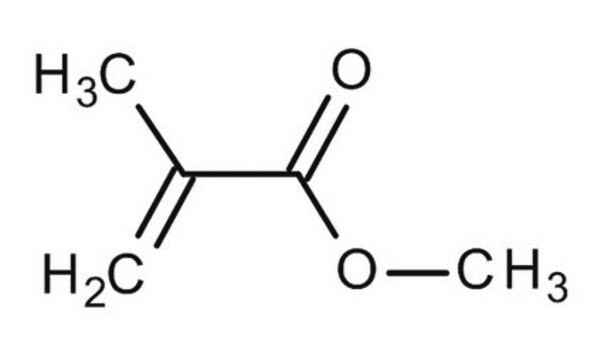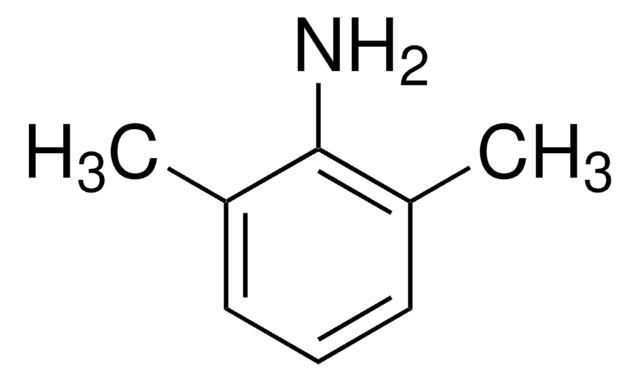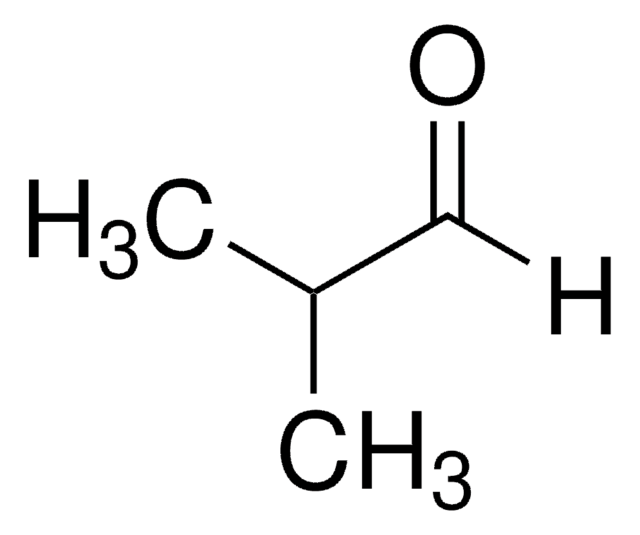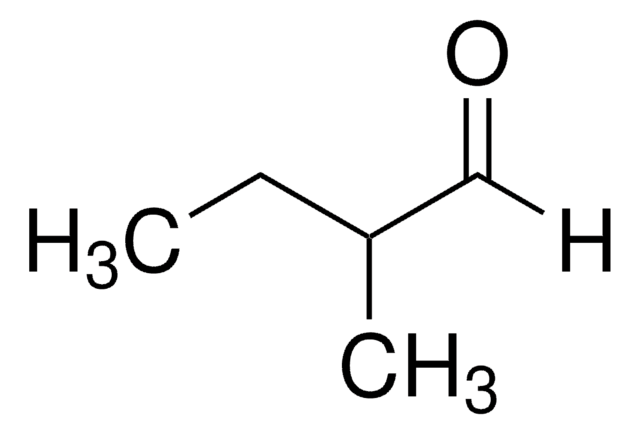M27301
Methyl acrylate
99%, contains ≤100 ppm monomethyl ether hydroquinone as inhibitor
Synonym(s):
Methylacrylate
About This Item
Recommended Products
vapor density
3 (vs air)
Quality Level
vapor pressure
67.5 mmHg ( 20 °C)
Assay
99%
form
liquid
autoignition temp.
874 °F
contains
≤100 ppm monomethyl ether hydroquinone as inhibitor
expl. lim.
14.5 %
refractive index
n20/D 1.402 (lit.)
bp
80 °C (lit.)
mp
−75 °C (lit.)
density
0.956 g/mL at 25 °C (lit.)
storage temp.
2-8°C
SMILES string
COC(=O)C=C
InChI
1S/C4H6O2/c1-3-4(5)6-2/h3H,1H2,2H3
InChI key
BAPJBEWLBFYGME-UHFFFAOYSA-N
Looking for similar products? Visit Product Comparison Guide
Related Categories
General description
Application
Signal Word
Danger
Hazard Statements
Precautionary Statements
Hazard Classifications
Acute Tox. 3 Inhalation - Acute Tox. 4 Dermal - Acute Tox. 4 Oral - Aquatic Chronic 3 - Eye Irrit. 2 - Flam. Liq. 2 - Skin Irrit. 2 - Skin Sens. 1 - STOT SE 3
Target Organs
Respiratory system
Storage Class Code
3 - Flammable liquids
WGK
WGK 2
Flash Point(F)
27.0 °F - closed cup
Flash Point(C)
-2.8 °C - closed cup
Personal Protective Equipment
Certificates of Analysis (COA)
Search for Certificates of Analysis (COA) by entering the products Lot/Batch Number. Lot and Batch Numbers can be found on a product’s label following the words ‘Lot’ or ‘Batch’.
Already Own This Product?
Find documentation for the products that you have recently purchased in the Document Library.
Articles
Our strategy is to synthesize mesoporous carbonaceous materials (“Starbons”) using mesoporous expanded starch as the precursor without the need for a templating agent.
RAFT (Reversible Addition Fragmentation chain Transfer) polymerization is a reversible deactivation radical polymerization (RDRP) and one of the more versatile methods for providing living characteristics to radical polymerization.
The Heck reaction is the palladium catalyzed cross-coupling reaction between alkenes and aryl or vinyl halides (or triflates) to afford substituted alkenes.
Our team of scientists has experience in all areas of research including Life Science, Material Science, Chemical Synthesis, Chromatography, Analytical and many others.
Contact Technical Service









